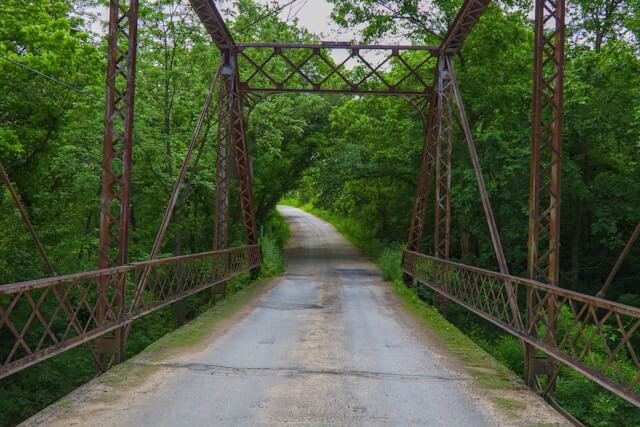Green Roads
The Hidden Carbon Cost of Infrastructure: A Deep Dive into Emissions Data
In the realm of infrastructure development, the environmental impact often takes a back seat to immediate concerns of functionality and cost. However, the carbon footprint of construction and maintenance projects is a critical aspect that cannot be overlooked. In this long-form blog post, we embark on a journey to uncover the hidden carbon cost of infrastructure, with a focus on roads, and explore how companies like BDT offer solutions to mitigate these emissions.
Understanding the Carbon Footprint
Construction activities, particularly those involving heavy machinery and material production, contribute significantly to greenhouse gas emissions. According to a report by the World Green Building Council, the construction sector accounts for nearly 39% of global carbon emissions. Moreover, transportation-related emissions from construction activities add to this carbon burden, further exacerbating the environmental impact.
The Impact of Road Construction
Road construction, in particular, is a major contributor to carbon emissions. The production of asphalt, a common material used in road surfacing, emits substantial amounts of CO2. A study published in the Journal of Cleaner Production found that the production of one ton of asphalt emits approximately 1.85 tons of CO2 equivalent. Additionally, the operation of heavy machinery during road construction releases significant emissions, further adding to the carbon footprint.
BDT: A Potential Solution
In light of these challenges, companies like BDT offer innovative solutions to mitigate the carbon footprint of infrastructure projects. BDT specializes in the development of eco-friendly materials and construction techniques aimed at reducing emissions and promoting sustainability. By incorporating recycled materials, optimizing construction processes, and utilizing alternative fuels, BDT helps minimize the environmental impact of road construction projects.
Studies have shown that adopting sustainable construction practices can lead to significant reductions in carbon emissions. For instance, a report by the International Energy Agency found that implementing energy-efficient measures in buildings and infrastructure projects could reduce CO2 emissions by up to 70%. Similarly, a study by the Carbon Trust estimated that using recycled materials in construction could lower CO2 emissions by as much as 90%.
As we confront the challenges of climate change and environmental degradation, it is imperative that we address the hidden carbon cost of infrastructure development. By embracing sustainable practices and innovative solutions offered by companies like BDT, we can minimize the environmental impact of construction projects and pave the way for a greener future.


